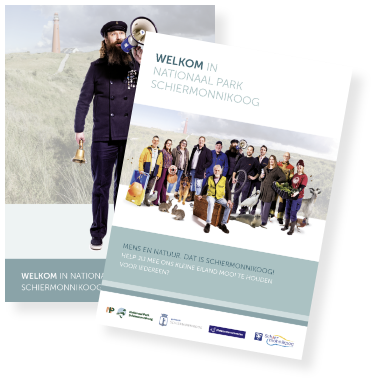Home » Don’t leave your waste; take it with you to dispose of it
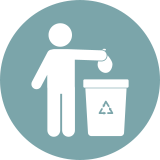
Don’t leave your waste; take it with you to dispose of it
Mark Lemmers
Hi, I’m Mark Lemmers, ranger at Natuurmonumenten and a fanatical beach comber. A couple of years ago my wife Ilse and I washed ashore on this beautiful island. Often, I stroll along the beach, searching for what the sea has left there. During my walks, I find a lot of wonderful things, but also a lot of marine litter, varying from plastic threads and glass to fish crates and fishing nets. This is an unpleasant sight, but it’s also dangerous for birds ands seals, which can get caught up in it or think it’s food and swallow it. Often with fatal consequences. Therefore, whenever I take a walk on the beach, I take all litter with me. Will you cooperate and help us keeping the island clean?
Enjoy our island!

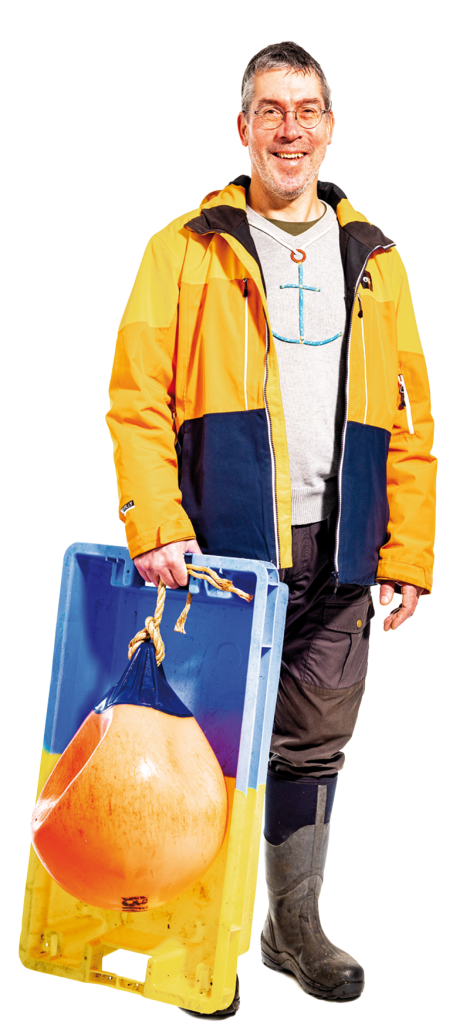
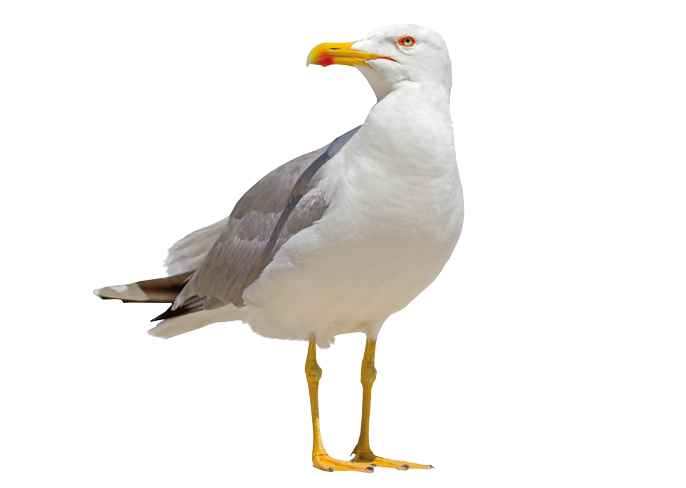
A true omnivore
When people say ‘sea gull’ they mostly mean the European herring gull. These smart birds live on the island throughout the year. Herring gulls breed mainly on the salt marshes. See the red dot on their bill? Their young peck against it when they want to be fed. Keep an eye on your sandwiches and ‘strandkoeken’ when you are on the beach, because herring gulls are real omnivores. Another reason to clean up your waste.
Do you want to help us keeping the beach clean? At some of the beach entrances you’ll find waste containers. And during the summer there are bins on the beach in which you can deposit any litter. Thank you for your cooperation! Be careful when swimming in the sea; in July and August you can swim under supervision at the end of the Prins Bernhardweg.
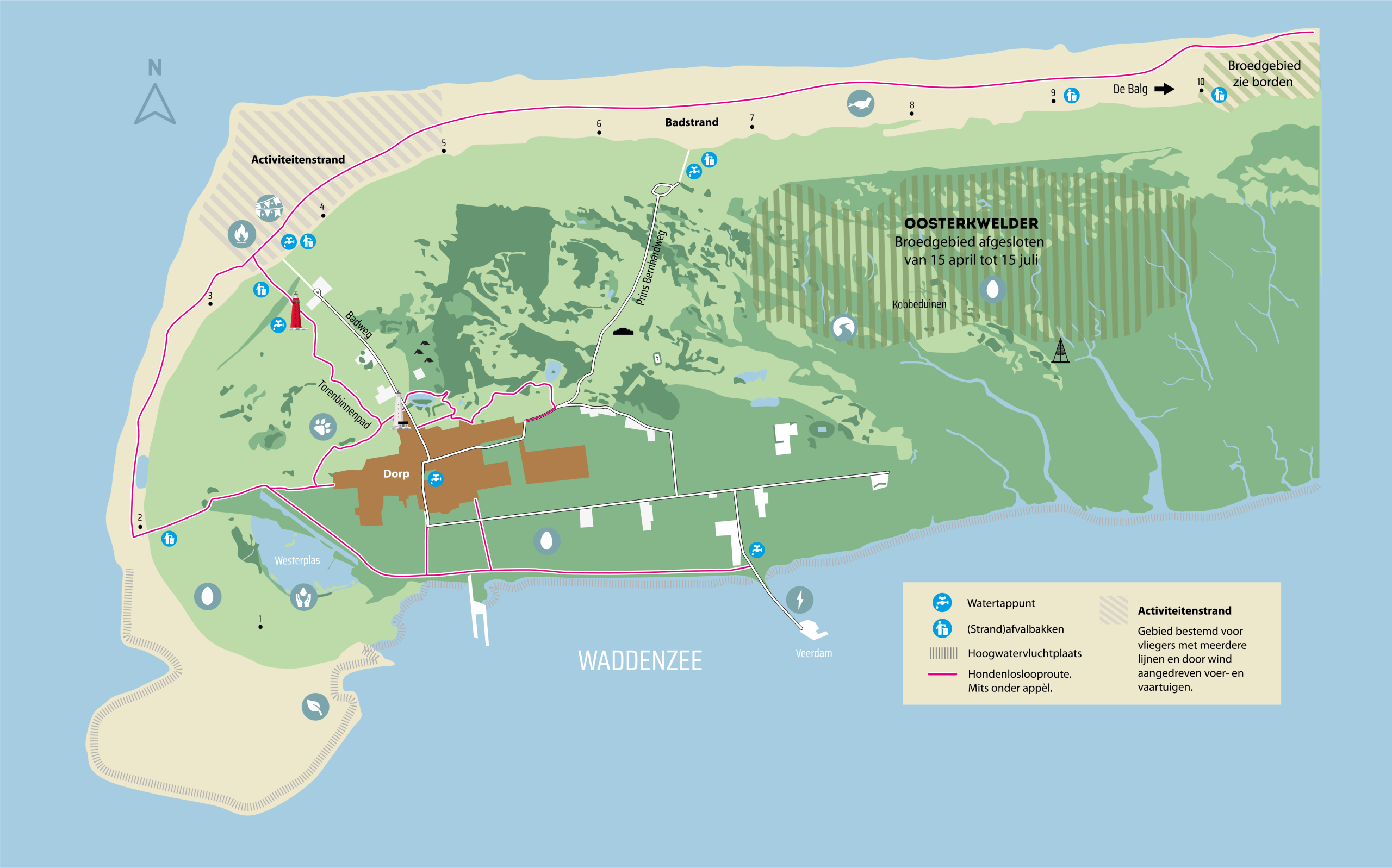
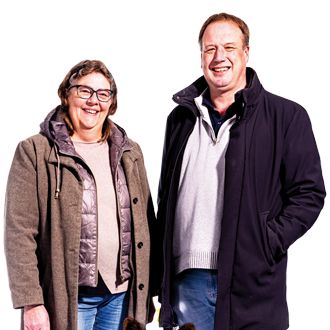
Walk the dog
Atze and Ellen Postma from restaurant
Het Wantij.
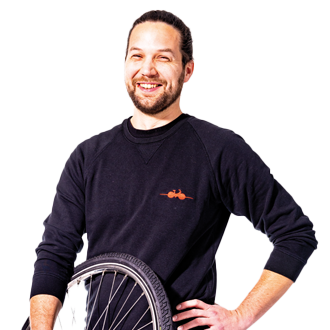
The shell paths take you to the best spots on the island
Evert-Jan Soepboer, owner of
a bike rental company and illustrator.
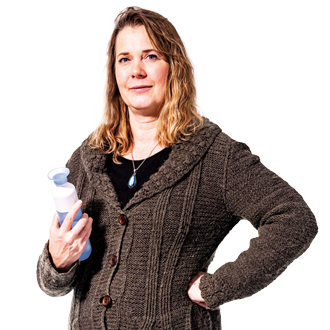
Use water sparingly
Ilja Zonneveld, photographer, councillor and one of the creators of Schierzeep, with water mint.
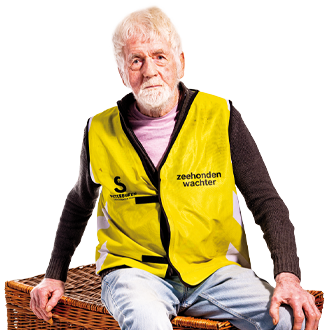
Seals are large predators, not cuddly pets
Theun Talsma, manager of the
duck decoy near De Kooiplaats.
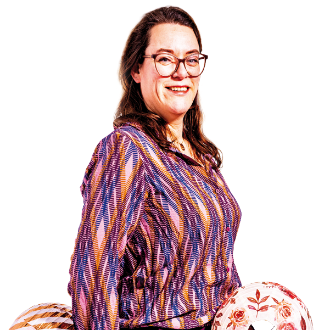
Enjoy one of the most beautiful spots in the Netherlands
Christy Hagen, from group accommodation
Eureca and Parnassia Events &
Meer.
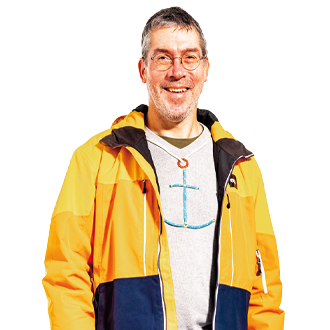
Don’t leave your waste; take it with you to dispose of it
Mark Lemmers, ranger at Natuurmonumenten
and a fanatical beach
comber.
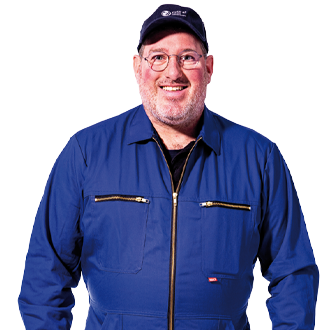
Proud of our meadow birds; do not disturb them
Peter Visser of farmhouse De Duinhoeve.

Fire hazard
Halbe Kroes, one of the owners
of pension Westerburen and volunteer
of the fire brigade of Schiermonnikoog.

High-tide roosts: havens of rest for birds
Janneke van der Velde, gardener
of the Tuin naast de Branding (the garden
next to De Branding)

Make sensible use of energy
Ramón Hendriks, bus driver on the island
Our most important rules of conduct
Do not disturb
This means: don’t startle animals, keep your dog on a leash (or under control in designated off-leash areas), don’t pick anything, and of course dispose of your trash in a bin or take it home. Wild camping is not allowed on Schiermonnikoog.
Don’t access breeding areas
From April 15 to July 15 the Oosterkwelder and the beach to the east of pole 10 are closed, except for the shoreline. The same applies to parts of the Rif and the Westerstrand. Local signs tell you where you are allowed to go.
Leave the grazers alone
To keep the dune landscape open Natuurmonumenten deploys several large grazing animals: cattle, horses, sheep, and goats. Don’t pet the animals and don’t feed them, keep 50 metres distance, keep your dog on its leash and don’t cross the herds.
Smoking and campfires
Because of the danger of wildfires from April 1 to Octobre 1 smoking and campfires are not allowed in the National Park. A campfire on the beach is only allowed when you have a valid permission. Please call 0031-591-531421 for more information.
Activity beach
Kiting, kitesurfing and sand yachting are only allowed on the recreational beach between pole 3 and pole 5.
Group activities
Are you planning a group activity in the National Park? Please contact Het Baken well in advance to ask for permission.
Seals: do not disturb
Is there a seal on the beach, young or old? Keep at least 30 metres distance and keep your dog on the leash. Only if you see clear signs of illness or wounds you may call the EHBZ: 0031-591-531421.
Careful with water
Use drinking water sparingly, especially when the weather is dry.
Cycling and horse riding
When you are cycling or horse riding, please stay on the designated paths. You can find these on the map, for example from the VVV.
Safety on the beach
You can swim under supervision of KNRM lifeguards in July and August on the beach at the end of the Prins Bernhardweg. Always take the tide into account and always make sure you can still stand on the ground. Call 112 when you have found a dangerous substance.
